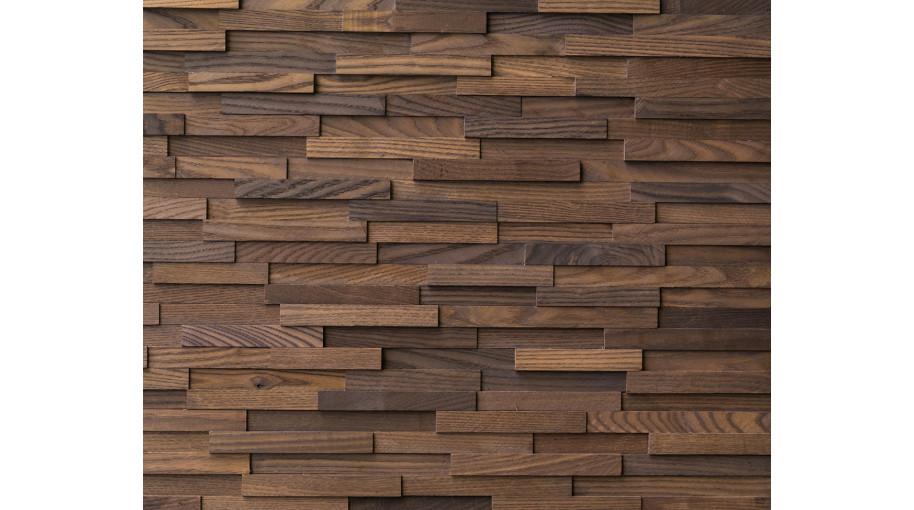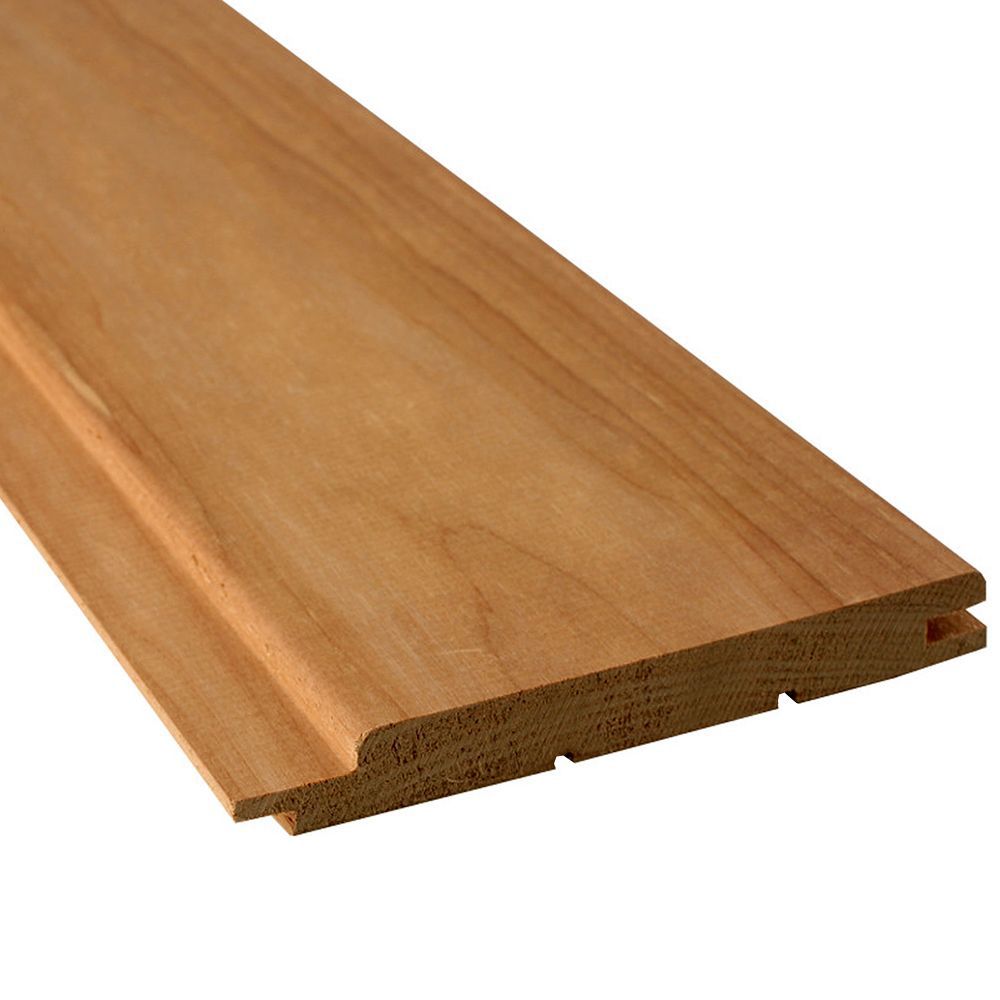Various types of wood used for building sauna

In Lithuania, the main building material used for the construction and
installation of saunas is wood. The preference of wooden saunas is due to its
ecological and environmentally friendly solutions. The saunas are built using
special types of wood in preference to its provided high temperatures and high
humidity levels. This ensures a longer service life of the sauna and increases
the pleasure of basking in the sauna.
Wood types used for the construction of the sauna
Wooden saunas are generally
constructed from frames or logs.
• Frame
saunas. When building a frame sauna, you can choose a variety of wood for
its frame, both deciduous and coniferous tree woods. However, it is important
to know that the birch wood is not recommended to choose for the construction
of a frame sauna. The life span of birch wood is relatively short because of
its faster rotting time, so usually it is not recommended to be used in
building saunas. Therefore, it is necessary to install finishing in frame
saunas as beams, thermal insulation materials and siding boards are used in
building the construction of a frame sauna.
• Log cabin sauna. For the construction of a log sauna pine tree wood
is the most commonly used log type, however, many consumers also prefer to use
spruce wood. In addition to the use of natural logs, milled or turned logs can
also be used to build a log sauna (in some cases, glued wood logs are also
used). Finishing is usually preferred and installed inside a log sauna
(although some users choose to opt out), however, finishing is usually not
applied for the exterior.
Wood preference for the interior of the sauna
Linden, aspen or black alder wood
is most commonly used for bathing beds and walls installed inside the sauna.
Although the prices of these types of wood on the market are quite similar, as
in many other cases, they are primarily determined by the quality of the wood.
For example, first class linden wood is much more expensive than black alder
wood.
• Linden paneling. It is considered to be one of the most popular and
best choices for sauna construction. Linden tree siding is tar-free, has a
pleasant smell and has a low conductive heat. Linden tree wood is also
resistant to moisture - the wood does not get darker for a longer time compared
to other wood types used for paneling in sauna construction. This wood is
perfect for saunas with preference of high temperatures and high humidity, such
as steam baths.
• Cedar siding. It has a low thermal conductivity (less than spruce
or aspen). However, as cedar is not widespread, cedar pine sawn timber is more
available on the market.
• Pine siding. This type of siding is inexpensive, however, pine is
not suitable for construction of steam baths as this wood gets extremely hot.
Therefore, if you like pine, you can use pine siding for the hallway or other
sauna rooms where the heat does not reach high levels.
• Aspen paneling. Paneling boards made of this wood are resistant to
rotting process and are partly similar to the already mentioned linden wood
cladding boards for saunas, so both can actually be one of the easily
accessible options.
Moreover, it is worth mentioning
wood from Africa and Canada used for the construction of saunas, which is also
offered and available on the Lithuanian market and can be selected for the construction
and installation of saunas:
• Wood from Africa: abachi wood is porous and also does not become
hot immediately, however, its price is higher if compared to the price of
wooden boards from linden tree loungers.
• Wood from Canada: If the high price is not intimidating, then
Canadian red cedar could be a perfect choice. It has particularly good heating
properties, a very beautiful aesthetic appearance and releases a great scent.
Red cedar is perfect both for installation of sauna beds and the whole interior
itself.
The wood you decide to choose for your sauna depends entirely on the
type of sauna you are installing, your budget and the planned interior
solutions.
 (7).png)